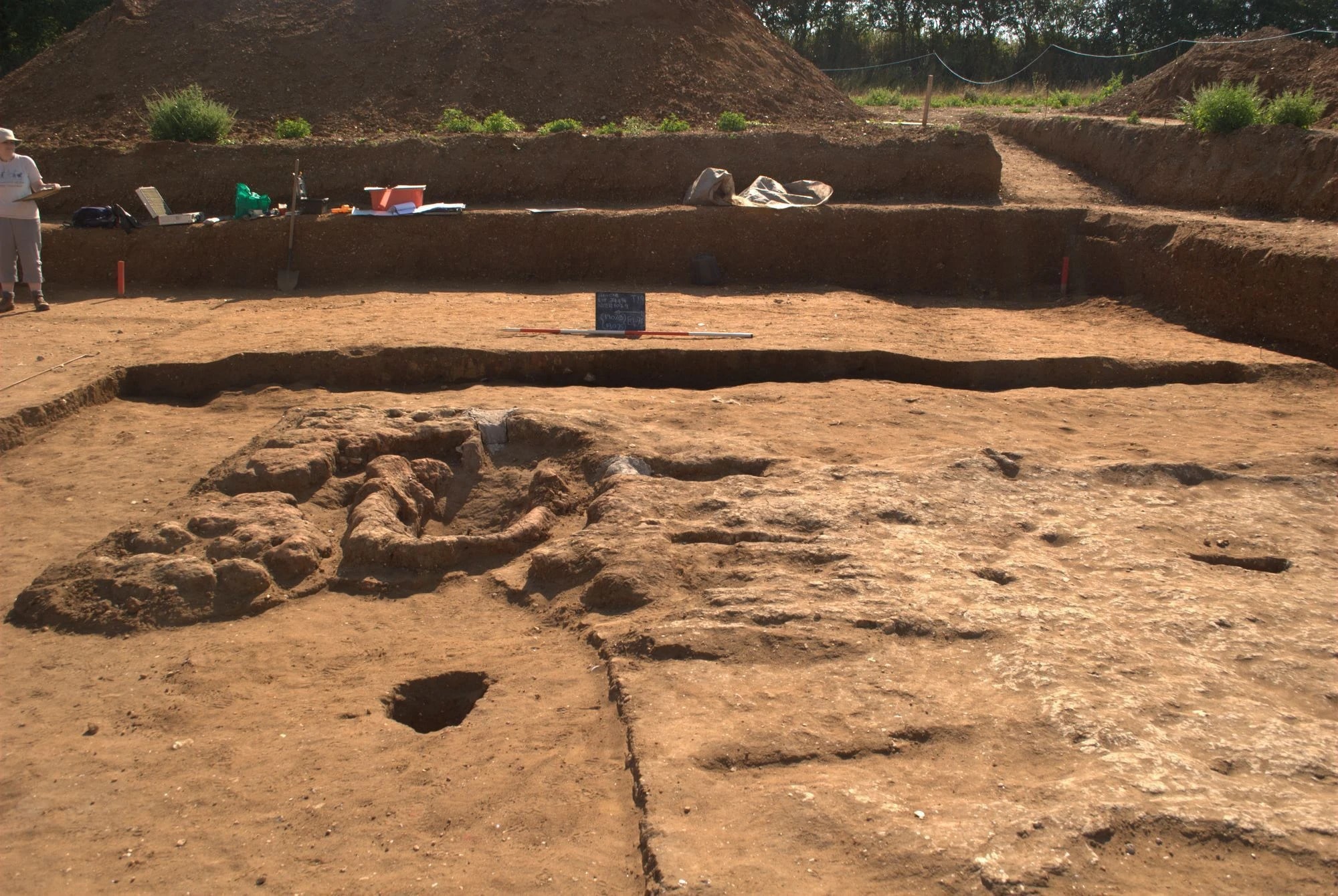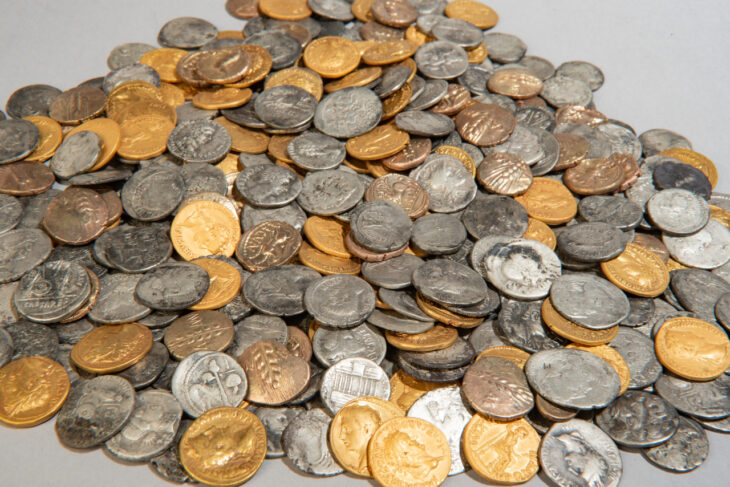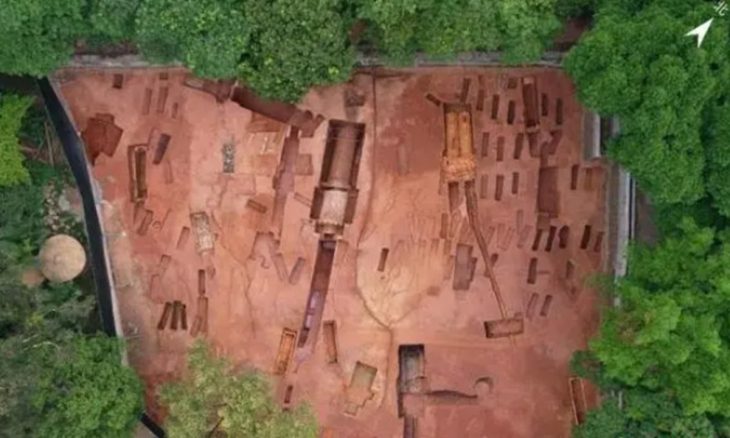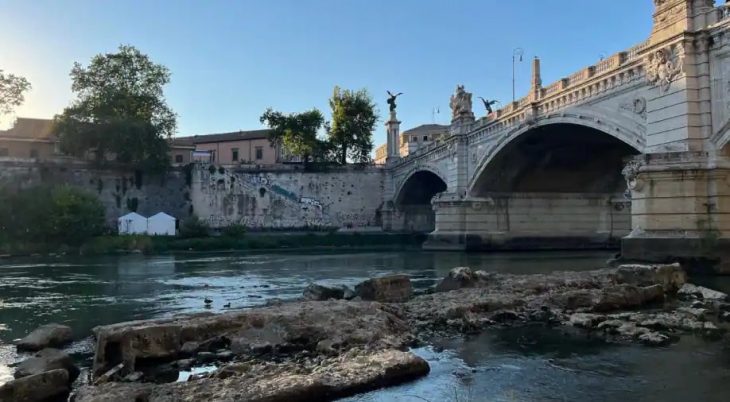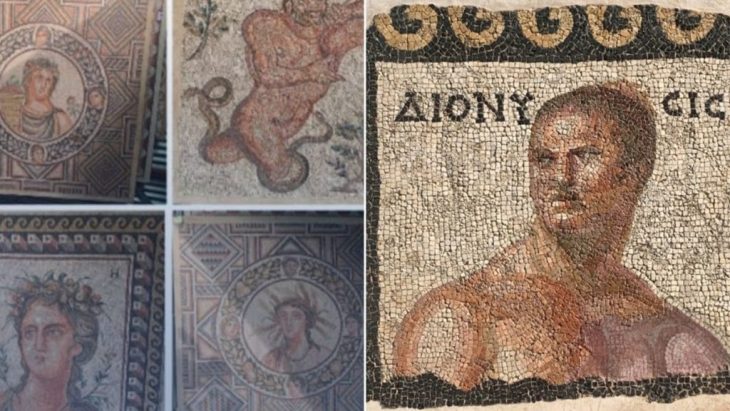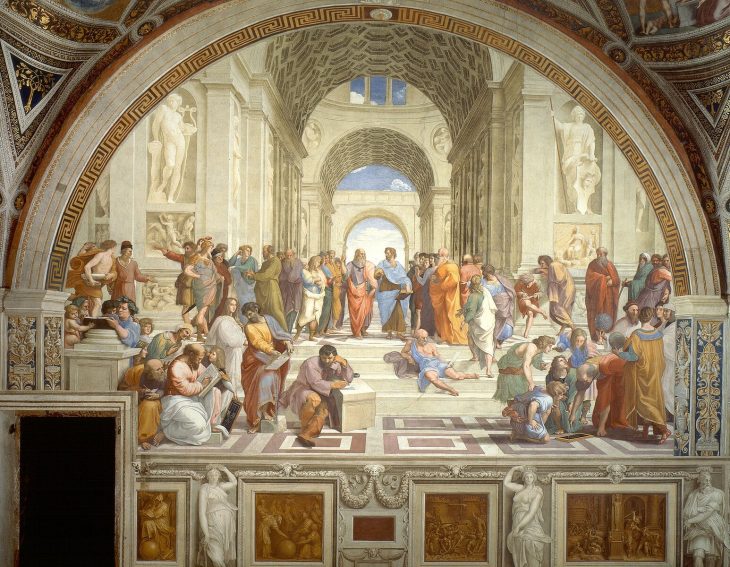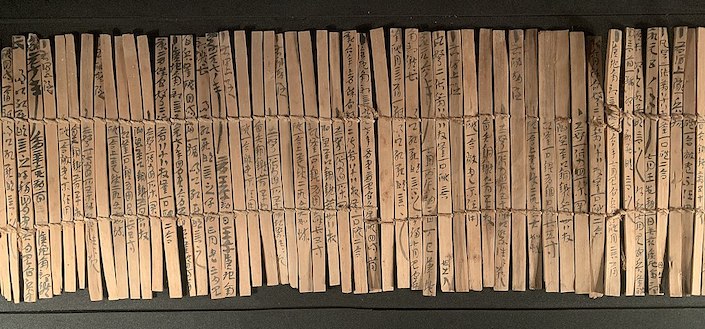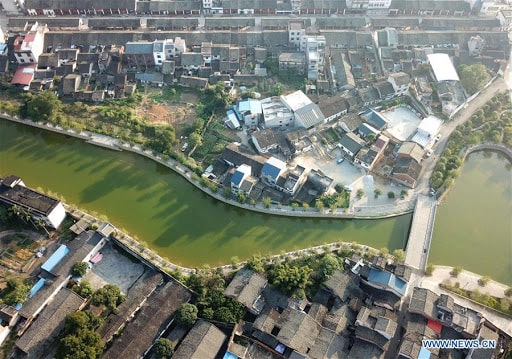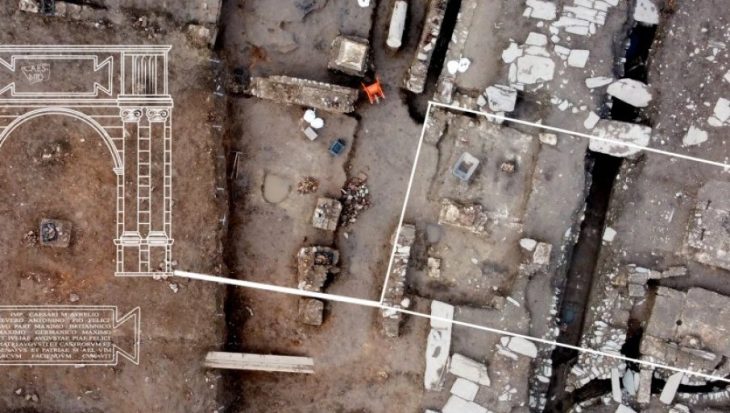As archaeological excavations resume on a hill in Sedgeford, near Hunstanton, a seaside town in Norfolk, England, now more evidence has emerged they were malting grain on an industrial scale to supply the demand for ancient homebrew.
Over the last five summers, the remains of six separate malthouses have been discovered in one of the fields that rise up from the Heacham River above the village. More may lay undiscovered nearby.
As more Mid-Anglo-Saxon grain-dryers are discovered, a few of them have been determined to be malting kilns by the carbonized remnants of germinated grain discovered inside and around them.
As this summer’s Sedgeford Historical and Archaeological Research Project (Sharp) got underway in early July, archaeologists who camp on a nearby field for the annual six-week excavation found more thatch and mud wall and fragments of clay pavement, while possibly finding the remains of two cisterns.
The complex may already be the largest uncovered to date in the UK and Sharp’s director of excavations, Eleanor Blakelock, believes it may also be the earliest.
📣 Our WhatsApp channel is now LIVE! Stay up-to-date with the latest news and updates, just click here to follow us on WhatsApp and never miss a thing!!
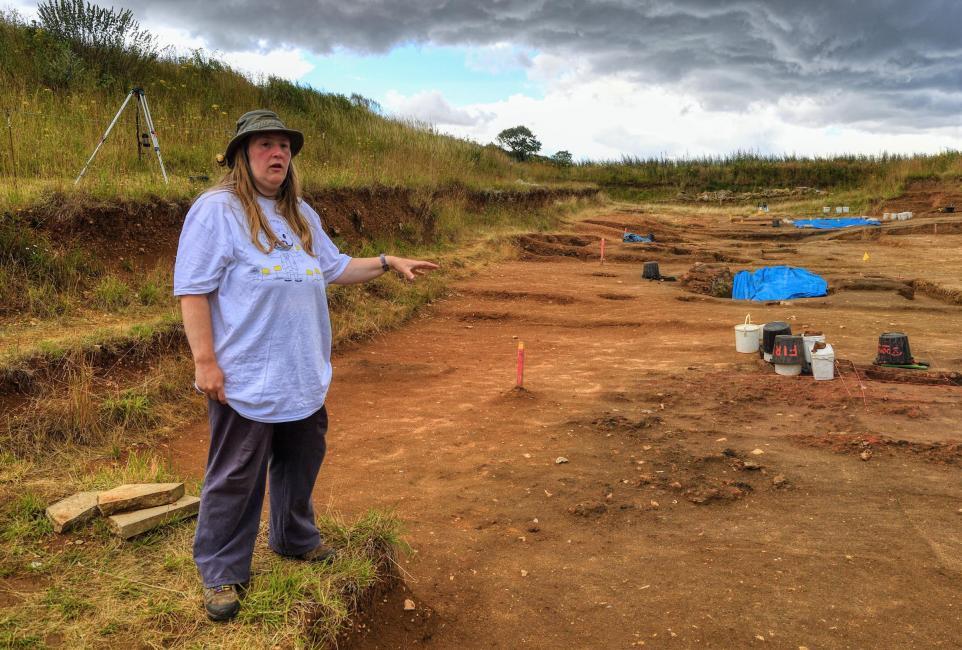
According to SHARP, the working hypothesis is now as follows. A set of features – cistern, floor, and kiln – would have been contained inside a timber malthouse. Periodically there were accidental fires – an occupational hazard throughout the history of malting – and these necessitated wholesale replacement. Thus we have not just one, but a sequence of malthouses, each with a cistern, floor, and kiln.
“This has been getting bigger every year,” Dr Blakelock told the Eastern Daily Press.
“It’s like an industry but it’s not a cottage industry – this would have been supplying several villages.”
According to Dr. Blakelock, grain would have been steeped—allowed to start germinating, allowing sugars and enzymes to develop in the seed—before being gently dried by kilns, whose blackened floors are visible in places where the soil has been carefully scraped away. There is no proof, however, that beer was ever brewed there.
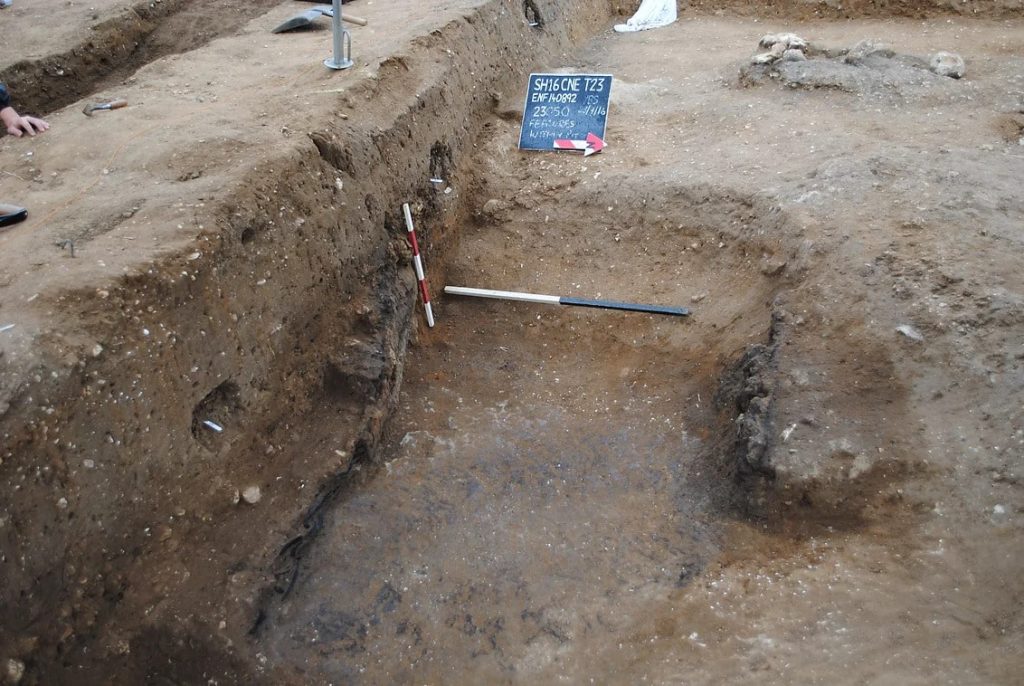
Dr Blakelock said instead malt would have been divided up among families who would then have brewed their own at home.
She added the malthouses would have supplied enough raw material to slake the thirst of a community 200 or more strong, perhaps overseen by a benevolent lord.
Archaeologists have also found fragments of weeds including bindweed along with grain in the malting houses – suggesting it may have been left in to add further flavouring to the brew.
Since work on the site began in 1996, previous seasons have seen the discovery of Bronze Age, Iron Age, and Romano-British relics across the valley from the modern village.
Cover Photo: Sharp

